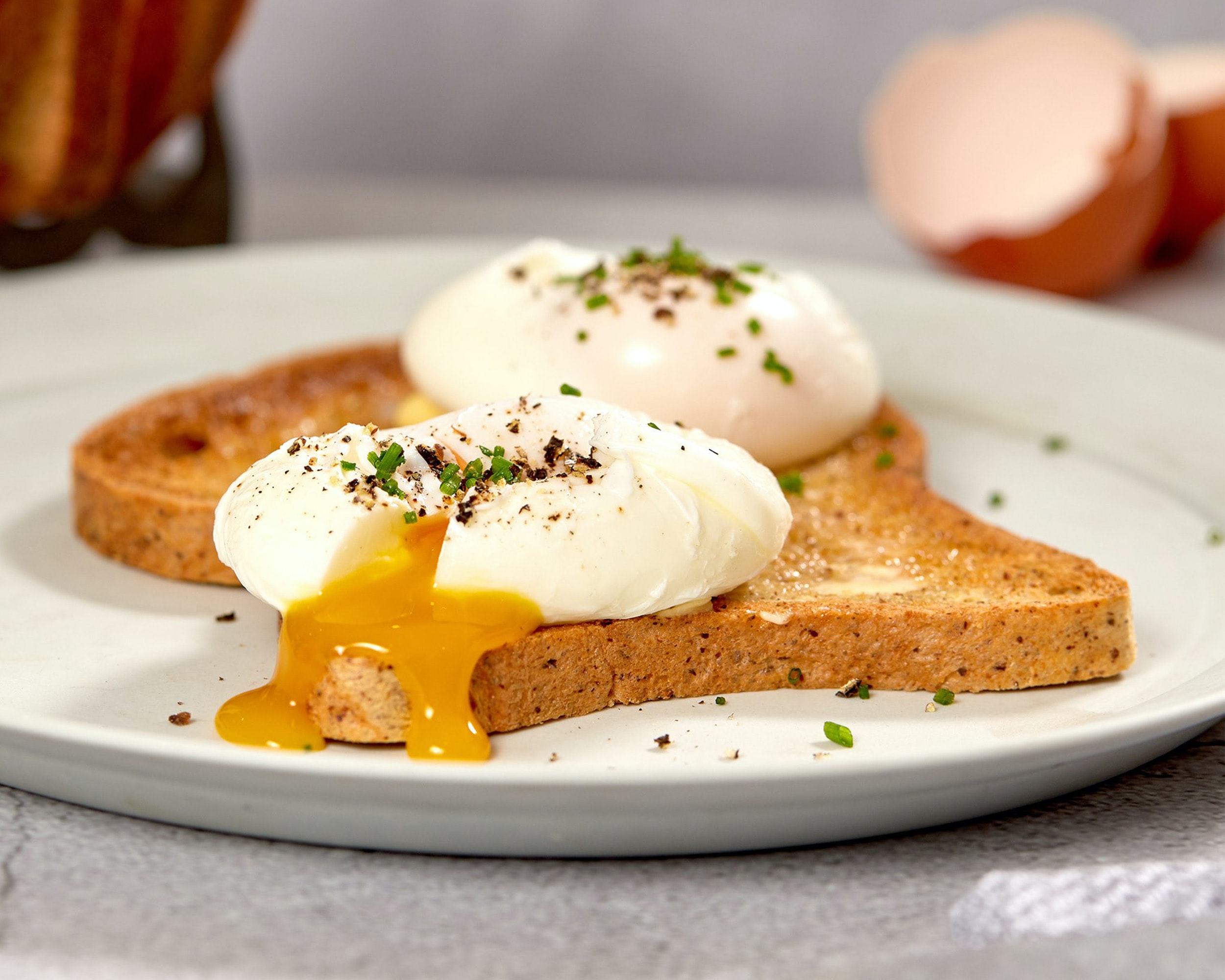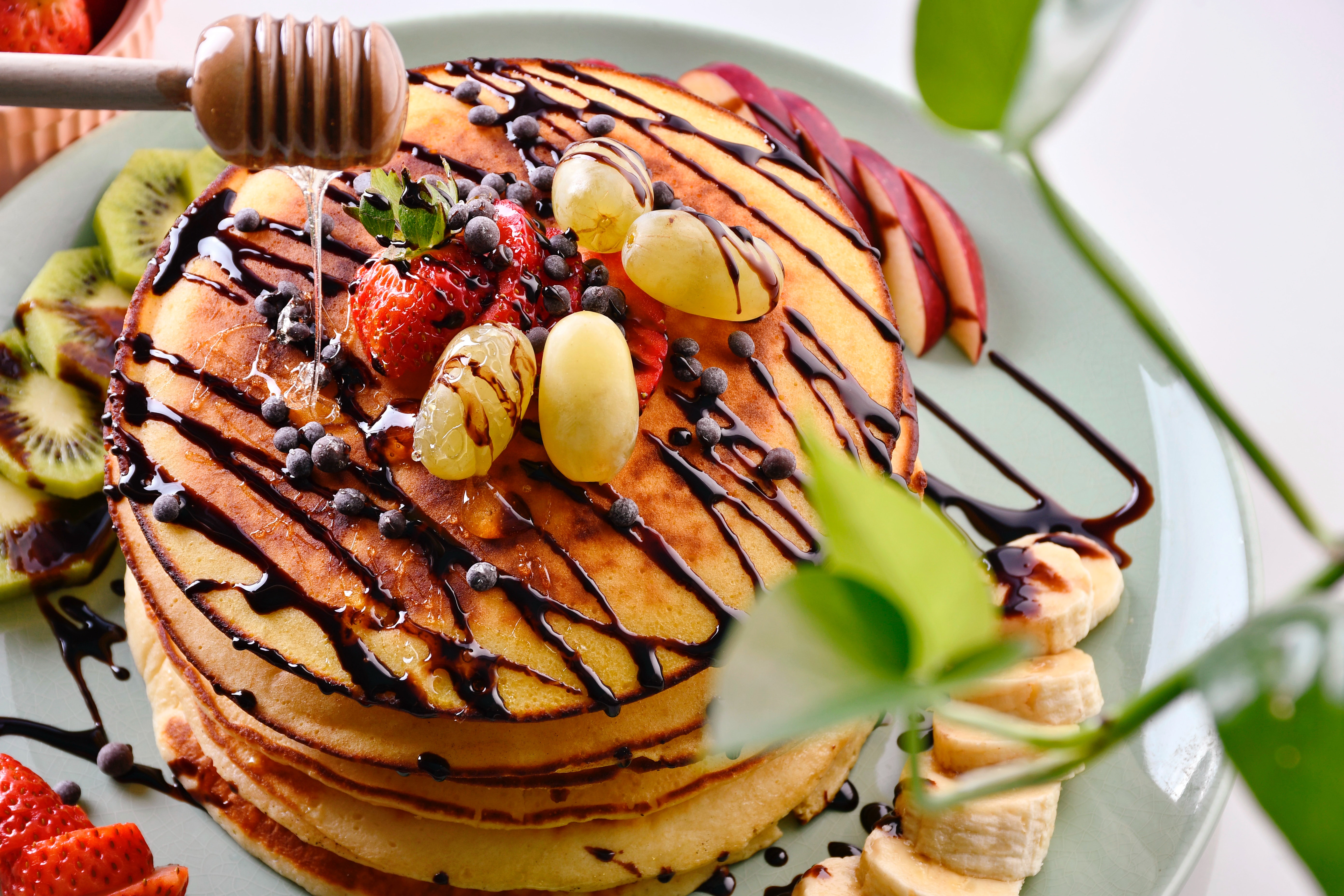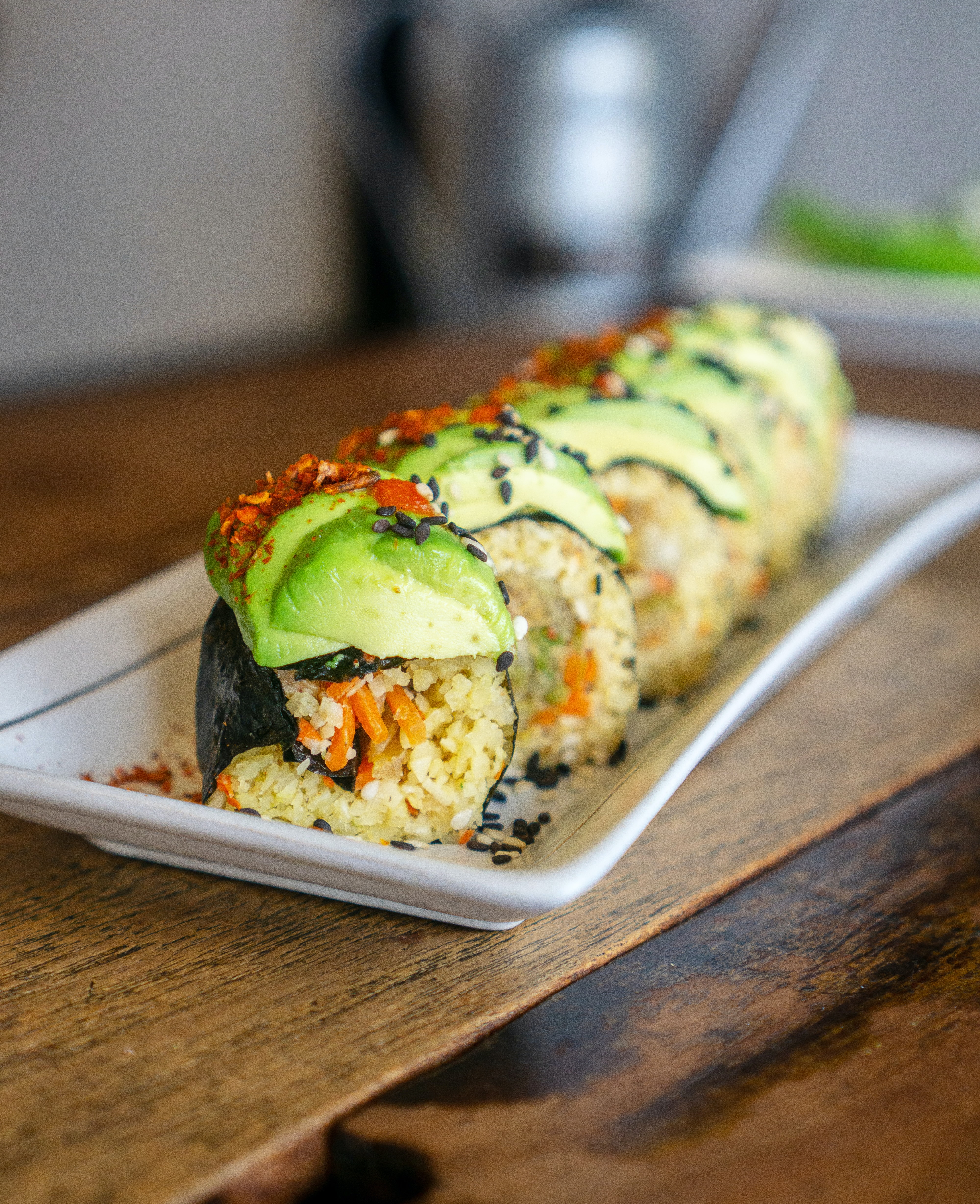‘Eveline’ is one of the shortest stories that make up James Joyce’s collection Dubliners (1914), a volume that was not an initial commercial success (it sold just 379 copies in its first year of publication, and 120 of those were bought by Joyce himself). We have analysed the collection as a whole, and summarised each of the stories in Dubliners, here.
Yet Dubliners redefined the short story and is now viewed as a classic work of modernist fiction, with each of its fifteen short stories repaying close analysis. ‘Eveline’ focuses on a young Irish woman of nineteen years of age, who plans to leave her abusive father and poverty-stricken existence in Ireland, and seek out a new, better life for herself and her lover Frank in Buenos Aires. You can read ‘Eveline’ here.
Eveline: plot summary
First, a brief summary of ‘Eveline’. Eveline is a young woman living in Dublin with her father. Her mother is dead. Dreaming of a better life beyond the shores of Ireland, Eveline plans to elope with Frank, a sailor who is her secret lover (Eveline’s father having forbade Eveline to see Frank after the two men fell out), and start a new life in Argentina.
With her mother gone, Eveline is responsible for the day-to-day running of the household: her father is drunk and only reluctantly tips up his share of the weekly housekeeping money, and her brother Harry is busy working and is away a lot on business (another brother, Ernest, has died).
Eveline herself keeps down a job working in a shop. On Saturday nights, when she asks her father for some money, he tends to unleash a tirade of verbal abuse, and is often drunk. When he eventually hands over his housekeeping money, Eveline has to go to the shops and buy the food for the Sunday dinner at the last minute.
Eveline is tired of this life, and so she and Frank book onto a ship leaving for Argentina. But as she is just about to board the ship, Eveline suffers a failure of resolve, and cannot go through with it. She wordlessly turns round and goes home, leaving Frank to board the ship alone.
Eveline: analysis
Like many stories in Dubliners, ‘Eveline’ explores the relationship between the past and the future by examining a single person’s attitude to their life in Dublin. Joyce was interested in this relationship, and believed that Ireland – which often had a habit of nostalgically looking backwards and holding onto the past – needed to progress and strive to bring itself up to date.
In contrast to those writers and artists such as W. B. Yeats who embraced the ‘Celtic Twilight’ – a mythical, traditional view of Ireland as a land of faery and history – Joyce wanted to see Ireland bring itself into the modern world.
In many ways, Eveline typifies the difficulties faced by many Dubliners at the time. Joyce depicts her current existence as dull, uninspiring, even oppressive, with her abusive father highlighting the idea that the older generation needs to be cast off if young Ireland is to forge itself into a new nation. Even the good aspects of the old Ireland, such as Eveline’s mother and her older brother Ernest, are dead and gone.
There is also, though, Eveline’s (by no means unfounded) fear that history will end up repeating itself and she will end up becoming her mother, trapped in a marriage to an abusive alcoholic and caught in a life of poverty and flattened dreams:
As she mused the pitiful vision of her mother’s life laid its spell on the very quick of her being—that life of commonplace sacrifices closing in final craziness.
The promise of a new start in a new country (in a city that means literally ‘good air’) seems like the best way to shake off the musty old air of Ireland:
She was about to explore another life with Frank. Frank was very kind, manly, open-hearted. She was to go away with him by the night-boat to be his wife and to live with him in Buenos Aires where he had a home waiting for her.
And yet when it comes to crunch time, to the moment when she must board the boat, Eveline is unable to do so, and instead clings to the barrier as though literally clinging to old Ireland and the past which is dead and gone but which she cannot leave behind:
He rushed beyond the barrier and called to her to follow. He was shouted at to go on but he still called to her. She set her white face to him, passive, like a helpless animal. Her eyes gave him no sign of love or farewell or recognition.
The way that final triplet builds out from love to farewell to recognition (what, she now doesn’t even recognise him?) is a masterstroke on Joyce’s part.
She cannot let go of the past, as the early sections of the story reveal:
The man out of the last house passed on his way home; she heard his footsteps clacking along the concrete pavement and afterwards crunching on the cinder path before the new red houses. One time there used to be a field there in which they used to play every evening with other people’s children. Then a man from Belfast bought the field and built houses in it – not like their little brown houses but bright brick houses with shining roofs. The children of the avenue used to play together in that field – the Devines, the Waters, the Dunns, little Keogh the cripple, she and her brothers and sisters. Ernest, however, never played: he was too grown up. Her father used often to hunt them in out of the field with his blackthorn stick; but usually little Keogh used to keep nix and call out when he saw her father coming. Still they seemed to have been rather happy then. Her father was not so bad then; and besides, her mother was alive. That was a long time ago; she and her brothers and sisters were all grown up her mother was dead. Tizzie Dunn was dead, too, and the Waters had gone back to England. Everything changes. Now she was going to go away like the others, to leave her home.
‘That was a long time ago’, and everything has changed, yet Eveline sits and reminisces about this happy time from her childhood.
And this brings us to one of the most difficult aspects of Joyce’s story to analyse and pin down. Is it this nostalgia for old Ireland – embodied by her childhood memories – that prevents her from emigrating with Frank? Perhaps. The masterstroke on Joyce’s part is refraining from telling us precisely what makes Eveline stay in Dublin at the end of the story.
Is it filial duty to her father and brother that makes her turn back? Or is it a nostalgic attachment to Ireland, and the happy memories that it carries for her, even though most of the people who shared those memories with her have either emigrated (back to England, revealingly) or have died?
This is in keeping with much modernist fiction, which avoids giving us clear direction as to how we should respond to the events described in the story. Life is often full of half-grasped truths and hidden motivations, and sometimes our motivations are even partially concealed from ourselves, as we exist in a state of ambivalence and uncertainty.
One of the key words in Joyce’s Dubliners is ‘paralysis’: people feel immobilised, unable to move or progress, trapped in their own lives. This, Joyce believed, is what Dublin – and, indeed, much of Ireland – was like as a whole: paralysed. ‘Eveline’ offers in a little snapshot an example of how deeply such paralysis could run, even leading a young woman to forgo the chance of a new start in favour of remaining in an abusive, dead-end life.
The irony of Eveline, though, is that the very paralysis she fears succumbing to – that life of commonplace sacrifice that typifies her mother – also prevents her from escaping that world through fear or lack of certainty that to abandon the old world would be the right thing to do. Her paralysing world even paralyses her as she attempts to escape it, dooming her to remain in Dublin and, quite probably, repeat the same mistakes her mother made.
About Dubliners
One of Joyce’s aims in writing Dubliners was to highlight the ‘paralysis’ of Ireland, and we see this time and again in the stories that make up the collection, from the mysterious illness that Father Flynn died of in the very first story, through to the emotional and social paralysis that appears to afflict Gabriel Conroy in the final story. The people of Dublin are held back, lacking in agency, trapped, unable to break free of the city. In these fifteen snapshots of Dublin, Joyce suggests some of the reasons for this lasting paralysis.
About James Joyce
James Joyce (1882-1941) is one of the most important modernist writers of the early twentieth century. His reputation largely rests on just four works: a short story collection Dubliners (1914), and three novels: A Portrait of the Artist as a Young Man (1916), Ulysses (1922), and Finnegans Wake (1939). Each of these works represents a development from the last, with Joyce’s writing becoming increasingly experimental, obscure, and challenging.









.jpeg)
.jpeg)



